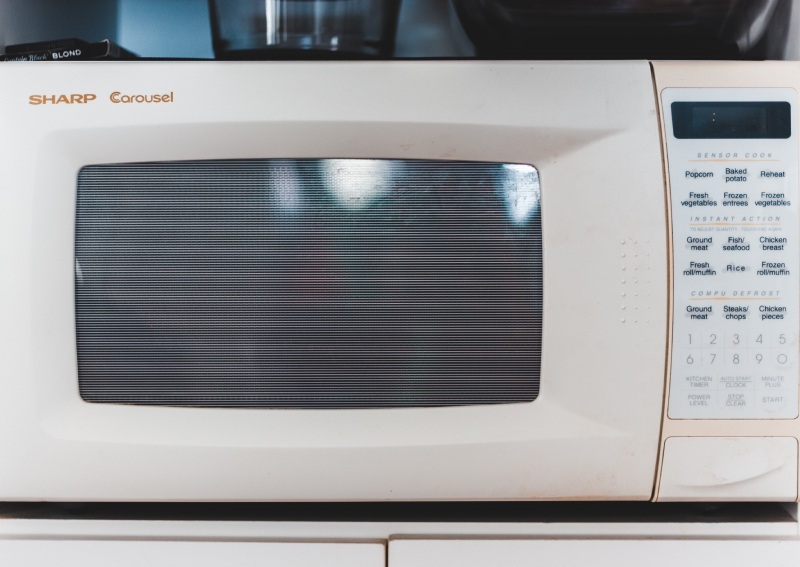Here's why you may not want to microwave your food in plastic containers

With dining-in still prohibited after the circuit breaker, many people still continue to dabao food or order in via delivery.
Most commonly, these food items will be packed in plastic containers and leftovers reheated in the microwave for your next meal.
This has been the norm even before the circuit breaker and hawker centres have been using plastic bags to hold our noodles or soups when we order takeaway.
But with the higher frequency of takeaways these days, one can't help but wonder, is storing hot food in plastic containers even safe?
The Agri-Food and Veterinary Authority of Singapore (AVA) has previously stated that takeaway plastic containers are designed for single use and are safe for storing hot food after purchase.
However, in a recent interview with Channel NewsAsia (CNA), associate professor Suresh Valiyaveettil from the National University of Singapore's Department of Chemistry, Faculty of Science, warned not to let hot food sit in plastic containers for long, as the chemicals could leach into the food faster at a higher temperature.
When you microwave food in a plastic container, "small molecular additives" which give the plastic its colour, stability and durability could leach from the plastic into our food, according to professor Valiyaveettil.
Studies show that these components, such as bisphenol A (BPA) and phthalates, are found to disrupt hormones and reproductive systems in our body.
The practice of drinking hot soup from plastic bags has also been linked to a high rate of breast cancer in young patients by a Taiwanese doctor. Zheng Cuifen, the director of a breast cancer centre in Taiwan, made her evaluation based on studies that highlighted the differences in the age of breast cancer patients in the East and West.
Zheng posited that the higher rate of breast cancer in younger patients in Taiwan could be due to their dietary habits, which includes consuming hot food from takeaway packets.
However, there are controversies surrounding the claim.
Online website, The Quint, found that while some studies have observed that plastics do contain harmful chemicals, there is not enough evidence to establish a causational relationship between cancer and plastic.
The American Cancer Society has also addressed that even if small amounts of chemicals do enter the food, the levels are too low to be deemed dangerous.

It's tempting to just place food that is already in a plastic container in the microwave for a quick reheat and meal.
But while research on the effects of leached chemicals from plastic into our food remains debated, it is always better to be safe than sorry, especially regarding what goes into our mouths.
The advice from experts therefore, is to transfer our food into a microwave-safe plate or bowl before heating it up for consumption.
Alternatively, if you really have no other choice but to microwave your food in a plastic container, here are some things you might want to look out for.
Not all plastic containers contain BPA and phthalates. You can check the bottom of the container for a Resin Identification Code, which is represented with a number inside a triangle, said Dr Henry Leung, a senior specialist in pharmacology and toxicology and a lecturer with Nanyang Polytechnic's School of Chemical & Live Sciences.
While the codes are meant to identify the polymer used for recycling purposes, it can also be used to determine the presence of BPA.
[embed]https://www.instagram.com/p/B2gyt9Gnrq_/?utm_source=ig_embed[/embed]
According to Dr Leung, containers with codes three and seven are likely to contain BPA compared to the rest. Prof Valiyaveettil also noted that plastics with code five is “the most suitable polymer for all types of applications, including microwaving, due to its high stability”.
However, if the plastic container changes in shape, colour or smell, or if the lid warps during reheating, it is a sign that the containers have reached their limit and are unable to withstand the heat. Hence, people should not continue to use it, explained Dr Leung.
The AVA also warned that as containers are subjected to wear and tear after a period of usage, they should be replaced when cracks or heavy abrasions are seen.
While many of us may have the habit of reusing our plastic containers over and over again for either reheating or storing food, we might want to think twice now before doing that.
trining@asiaone.com